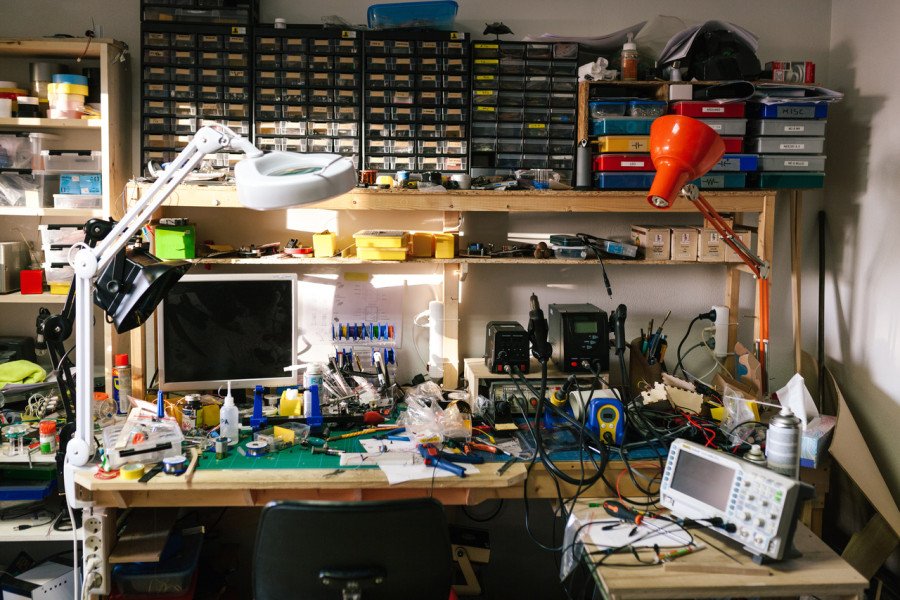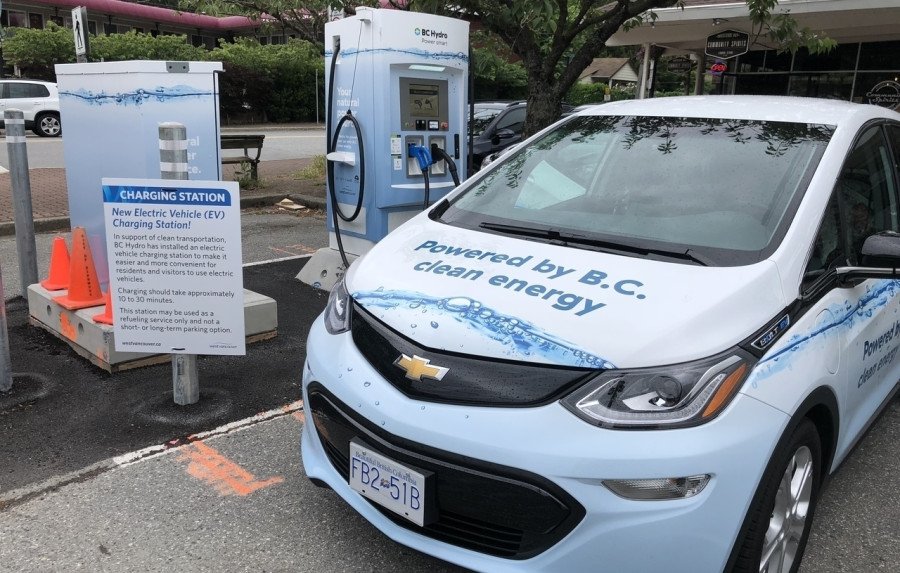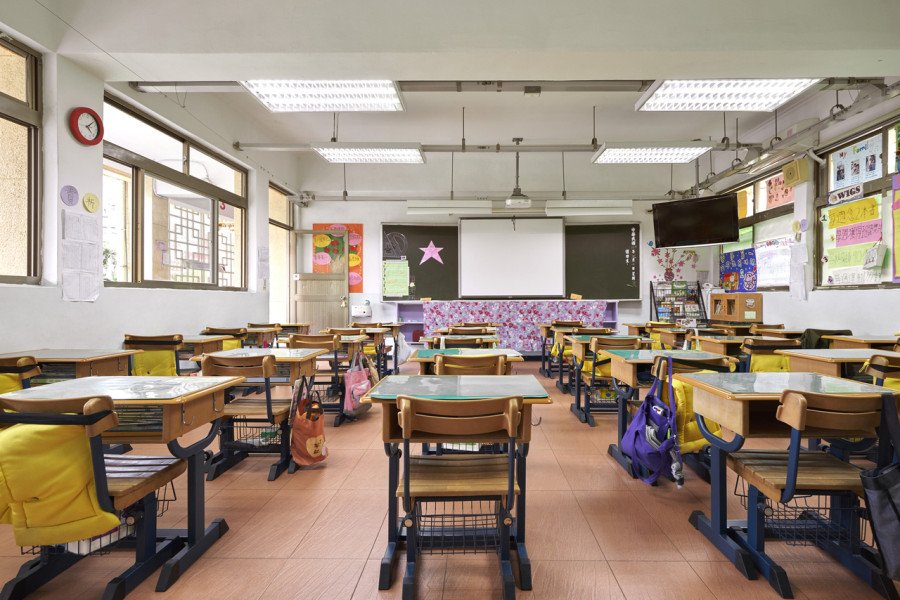Energy technologies
Learn how innovation and technologies related to energy can reduce greenhouse gas emissions and the impact on climate change.
- Grade 7
- 3 activities
- 3.8 hours

Big idea
Earth and its climate have changed over geological time.
Learning objectives
Students will be able to:
- Build a timeline of energy inventions and technologies
- Share their ideas about energy use and the environment in a talking circle
- Provide examples of innovations or technologies in transportation that reduce greenhouse gas emissions
- Reflect on the connection between transportation and greenhouse gas emissions
- Investigate energy use at school
- Reflect on investigation methods
- Make recommendations for saving energy at school
Activities
BC curriculum fit
Grade 7 Science
Content
- Evidence of climate change over geological time and the recent impact of humans
Curricular competencies
Questioning and predicting
- Demonstrate a sustained intellectual curiosity about a scientific topic or problem of personal interest
- Identify a question to answer or problem to solve through inquiry
Planning and conducting
- Collaboratively plan an experiment to answer their questions or solve problems they have identified
- Observe, measure and record data (qualitative and quantitative)
Processing and analyzing data and information
- Construct and use a range of methods to represent patterns or relationships
- Use scientific understandings to identify relationships and draw conclusions
Evaluating
- Reflect on their investigation methods
- Consider social, ethical and environmental implications of the findings from their own and others’ investigations
Applying and innovating
- Contribute to care for self, others, community and world through personal and collaborative approaches
- Co-operatively design projects
- Transfer and apply learning to new situations
- Generate and introduce new or refined ideas when problem solving
Communicating
- Communicate ideas, findings and solutions to problems using digital technologies as appropriate
- Express and reflect on a variety of experiences and perspectives of place
Assessments
The activities in this unit provide an opportunity to assess individual students and small groups on their ability to:
- Identify and generate questions about energy inventions and technologies
- Demonstrate an understanding about impacts on the climate from our energy use
- Research and evaluate online sources
- Communicate ideas about energy use and the future of transportation on our environment and the climate
- Generate ideas for reducing energy use at school
- Reflect on their investigation methods and group work
Background info
Climate change and greenhouse gases
Greenhouse gases in the atmosphere, including carbon dioxide, methane, nitrous oxide and water vapour, trap heat from the Sun close to the Earth’s surface. These gases act like the glass in a greenhouse, keeping the Earth warm enough for life to exist. If that didn’t happen, it would be too cold for anything to live on our planet. Burning fossil fuels, increasing population, increasing consumption and fewer trees are all human impacts that increase greenhouse gases in the atmosphere and contribute to climate change.
Transportation and climate change
Transportation relies heavily on fossil fuels and is responsible for about a third of B.C.’s greenhouse gas emissions. These emissions increase global warming and the impacts of climate change. Switching from fossil fuel vehicles to ones powered by clean hydroelectricity is an effective way to reduce carbon emissions. New technologies to address driving range, battery storage and charging stations are being developed to improve the performance of electric vehicles. As well, municipalities are working to address the infrastructure needed to support electric vehicles.
Active transportation uses our own energy to get from one place to another and includes biking, walking, skateboarding, skiing, etc. It’s a healthy way to move and reduces greenhouse gas emissions, vehicle trips, congestion and air pollution.
Reducing our energy demand
Conservation and energy-efficiency are two ways to reduce our energy demand and impact on the environment. Energy conservation means using less energy by changing behaviours. Examples of energy conservation behaviours include turning off lights, using natural light, unplugging electronics and turning down the heat.
Energy-efficiency refers to technologies that help complete a task with less energy. Innovation continues to develop new and creative ways to reduce our energy use through technology. Some examples of energy-efficient technologies include heat pumps, zero-emission vehicles, automatic controls, energy-efficient lighting and weather-stripping.
Talking circles
Talking circles are important in Indigenous cultures as part of the oral tradition and as a way to share thoughts and ideas. The purpose of the talking circle is to provide an opportunity for students to share their thoughts and ideas about the impact of energy use in a circle, where everyone can see and listen to each other. The circle represents the First Nations perspective that all living things, including humans, are interconnected and none are more important than the other. This is relevant to a discussion about the impact of our energy use on climate change and all living things.
This unit focuses on energy technologies, transportation innovations and energy use in buildings. The “Science of climate change” unit focuses on background information about climate change and the “Climate action” unit explores solutions, or things people can do, to reduce the impacts of climate change.




